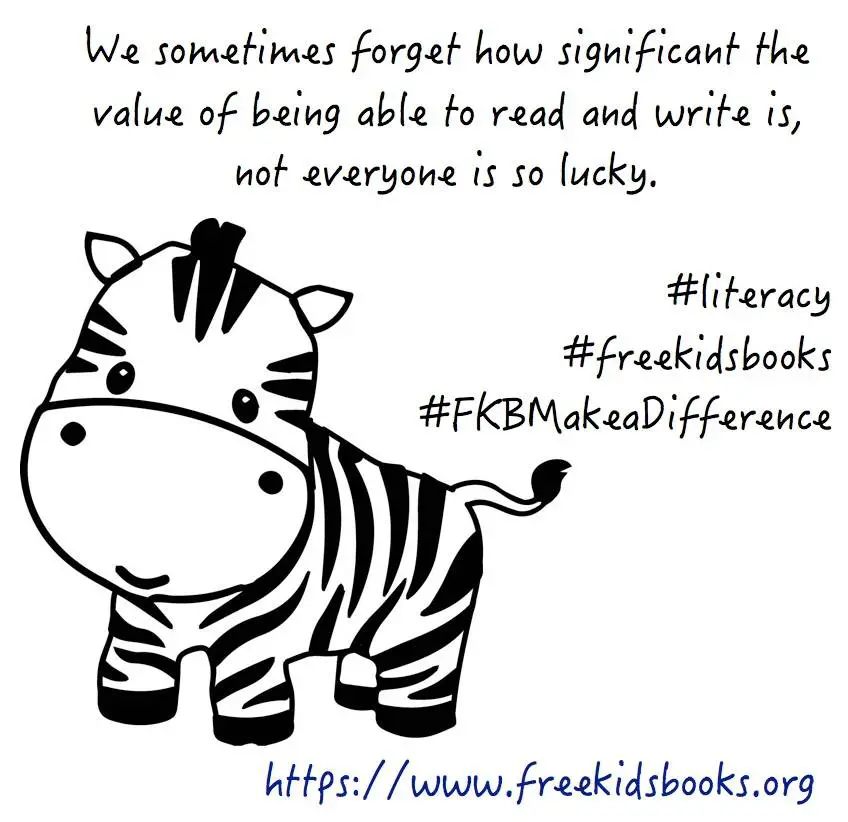Kids rarely fall in love with reading by accident. They fall in love because of giggles during bedtime stories, tiny wins with tricky words, and warm cuddles with a picture book. Yet every parent wonders at some point: Am I doing this right?
You might even ask random things online like Is EssayPro legit or not? when older kids look for school help and you worry whether they skip learning. The way you guide reading at home matters.
Books shape confidence, language, empathy, and curiosity. When reading feels like a connection instead of homework, magic happens. Let’s talk about how to spark that feeling every day.

Build Rituals That Feel Cozy
A routine gives reading a home in your family culture. Kids thrive on rhythm because it tells their brain, This matters. You do not need hour-long sessions. Ten or fifteen minutes daily can plant a lifelong habit.
Think soft lighting, pillows, a goofy character voice, and an open book waiting after dinner. Some families turn breakfast reading into a silly tradition. Some keep a “mystery book basket” that the child chooses from each weekend.
Consistency beats pressure. It sends the message that stories belong in your life the same way hugs and warm socks do.
And yes, audiobooks count. They build vocabulary, storytelling instinct, and imagination. If a child wants to listen on the way to school, you win.
Model Reading Like It’s Normal Life
Kids copy everything. When they see you curled up with a novel or scrolling through an article instead of doom-scrolling social media, they absorb the message that reading has value.
A parent reading near a child does quiet magic. Narrate a bit of your reading life, too. “This character makes me laugh.” “This writer explains space in such a cool way.” Children notice your emotions more than your words.
And if you feel tired or busy, remember that five minutes with a magazine or picture book signals: reading fits into real life. That is often all they need.
Turn Reading Time Into a Shared Adventure
Reading aloud strengthens language patterns, empathy, and attention span. A cozy moment with a parent reading to a child builds trust, too, because that shared space feels safe and warm.
Think of the energy during a bedtime story. Your voice becomes the doorway to other worlds, and your child learns that books equal comfort.
Let your child interrupt with questions. Ask what they think will happen next. Pause and laugh together. This is slow storytelling, and it trains a child to enjoy books rather than rush to the end.
If they love one book and demand it every night, that is normal. Repetition helps the brain grow and helps confidence settle in.
Make Comprehension a Conversation
Now, let’s talk about how parents can help with reading comprehension at home without making it feel like school. For instance, talk like a friend exploring a story with them.
Ask soft questions:
- “Why do you think she felt sad there?”
- “What would you do if you were in this story?”
- “What surprised you most?”
Kids learn to read thoughts and emotions this way. You build thinking, not pressure.
For older kids, connect stories to life. A book about friendship leads to talking about kindness. A science book becomes a kitchen experiment. When meaning grows, motivation grows, too.
Overcome Struggles with Patience and Playfulness
So, how to help a child struggling with reading? Celebrate small progress. Praise effort more than outcome. Use finger-tracking, rhymes, and silly word games to break the tension.
Some children need time. Some need phonics practice or visual tracking support. If reading brings tears, pause and reset with humor. Whisper-reading, reading in funny accents, or reading outdoors can remove pressure.
Also, remove comparisons. Every child blooms at their own pace.
Use Screens and Tools Wisely
Screens do not have to be the enemy. Interactive e-books, kid-friendly reading apps, and subtitles can reinforce vocabulary and comprehension. The key is balance and intention.
Turn on subtitles during family movie night so your child’s eyes link speech to print. Choose educational games that involve spelling or storytelling.
Older kids eventually explore writing, too, which brings them into online research spaces. Some use forums like Nocramming’s student community to discuss academic challenges or look at peer experiences with the best essay writing services they share.
Mentioning those conversations can help teens think critically about learning resources, motivation, and academic honesty. It is about teaching thoughtful choice so reading and writing feel like skills, not chores.

Turn Reading Into Exploration
Children love adventure. Build curiosity with reading strategies for kids that spark exploration:
- Let them choose topics they obsess over, whether dinosaurs or unicorn detectives.
- Pair a book with real-life discovery. A story about forests becomes a weekend walk to find leaves.
- Keep a “story map” where your child draws scenes or characters.
You can also use a reading jar. Fill it with prompts like “read under the table,” “read with a flashlight,” or “read outside.” Learning becomes play when location and imagination mix.
And never underestimate graphic novels or comics. They build fluency and visual understanding beautifully.
Connect Reading and Writing for Deeper Skills
Writing reinforces reading because it forces the brain to process language in both directions. When kids play with stories, they practice gentle reading and writing strategies subconsciously.
Try short activities that feel like games:
- Write a new ending to a favorite story.
- Make a mini comic strip.
- Create a “family newspaper” for the fridge.
Journals work, too, especially feelings journals or adventure logs after outings. When kids see their thoughts on paper, their confidence rises. Their understanding of story structure grows quietly in the background.
Create Gentle Challenges for Confidence
One simple idea: book stepping stones. Start with a short book, then gradually stretch page count or font size. Let your child see their progress. Maybe keep a sticker chart showing how many books they finish each month.
Graphic novels shift to early chapter books. Chapter books shift to longer middle-grade stories. With each step, remind them that effort creates skills. This mindset carries into every part of life.
Respect Reading Preferences
Every child has a reading identity: some love fantasy, some devour facts, and some want funny poetry. So, follow their lead. Sneak variety in slowly. Honor their taste without turning reading into a chore list.
Let siblings have different choices and let interests change. Kindness fuels curiosity better than any rule.
Bottom Line
Raising a reader starts with connection. Cozy routines, shared laughter, and everyday curiosity build a foundation stronger than any worksheet. With these reading tips for parents, you can make books feel exciting and empowering.
Guide gently, celebrate effort, and let story time be your family’s safe place to slow down and explore. When kids believe reading is joy, their skills grow naturally. Soon, they will reach for books the same way they reach for comfort: with trust, excitement, and pride.
Time to grab a book and begin. Your story together starts today.











